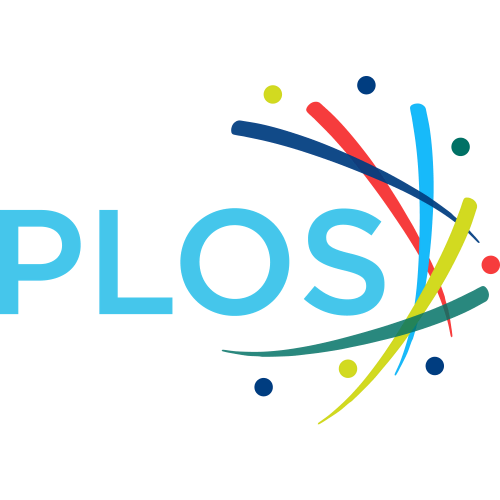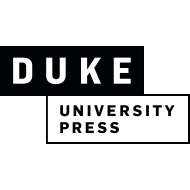The source of the Black Death in fourteenth-century central Eurasia
The origin of the medieval Black Death pandemic (ad 1346–1353) has been a topic of continuous investigation because of the pandemic’s extensive demographic impact and long-lasting consequences1,2. Until now, the most debated archaeological evidence potentially associated with the pandemic’s initiation derives from cemeteries located near Lake Issyk-Kul of modern-day Kyrgyzstan1,3–9. These sites are thought to have housed victims of a fourteenth-century epidemic as tombstone inscriptions directly dated to 1338–1339 state ‘pestilence’ as the cause of death for the buried individuals9. Here we report ancient DNA data from seven individuals exhumed from two of these cemeteries, Kara-Djigach and Burana. Our synthesis of archaeological, historical and ancient genomic data shows a clear involvement of the plague bacterium Yersinia pestis in this epidemic event. Two reconstructed ancient Y. pestis genomes represent a single strain and are identified as the most recent common ancestor of a major diversification commonly associated with the pandemic’s emergence, here dated to the first half of the fourteenth century. Comparisons with present-day diversity from Y. pestis reservoirs in the extended Tian Shan region support a local emergence of the recovered ancient strain. Through multiple lines of evidence, our data support an early fourteenth-century source of the second plague pandemic in central Eurasia.
Citations by journals
|
1
2
3
4
|
|
|
Problemy Osobo Opasnykh Infektsii

|

Problemy Osobo Opasnykh Infektsii
4 publications, 8.51%
|
|
Nature

|

Nature
3 publications, 6.38%
|
|
Scientific Reports

|

Scientific Reports
2 publications, 4.26%
|
|
Journal of Anthropological Research

|

Journal of Anthropological Research
1 publication, 2.13%
|
|
Genes

|

Genes
1 publication, 2.13%
|
|
Communications Biology

|

Communications Biology
1 publication, 2.13%
|
|
Epidemiologia

|

Epidemiologia
1 publication, 2.13%
|
|
Nature Reviews Microbiology

|

Nature Reviews Microbiology
1 publication, 2.13%
|
|
Archaeological and Anthropological Sciences

|

Archaeological and Anthropological Sciences
1 publication, 2.13%
|
|
Environmental History

|

Environmental History
1 publication, 2.13%
|
|
Science of the Total Environment

|

Science of the Total Environment
1 publication, 2.13%
|
|
Chemical Engineering Journal

|

Chemical Engineering Journal
1 publication, 2.13%
|
|
Current Opinion in Microbiology

|

Current Opinion in Microbiology
1 publication, 2.13%
|
|
Science

|

Science
1 publication, 2.13%
|
|
Microbial Biotechnology

|

Microbial Biotechnology
1 publication, 2.13%
|
|
Journal of Nervous and Mental Disease

|

Journal of Nervous and Mental Disease
1 publication, 2.13%
|
|
Engineering

|

Engineering
1 publication, 2.13%
|
|
iScience

|

iScience
1 publication, 2.13%
|
|
PLoS Pathogens

|

PLoS Pathogens
1 publication, 2.13%
|
|
Labor: Studies in Working-Class History

|

Labor: Studies in Working-Class History
1 publication, 2.13%
|
|
Handbook of Research on Global Hospitality and Tourism Management

|

Handbook of Research on Global Hospitality and Tourism Management
1 publication, 2.13%
|
|
Medical Hypotheses

|

Medical Hypotheses
1 publication, 2.13%
|
|
Science China Chemistry

|

Science China Chemistry
1 publication, 2.13%
|
|
Tuberculosis

|

Tuberculosis
1 publication, 2.13%
|
|
GeoHealth

|

GeoHealth
1 publication, 2.13%
|
|
Microbial genomics

|

Microbial genomics
1 publication, 2.13%
|
|
SociologieS

|

SociologieS
1 publication, 2.13%
|
|
Canadian bulletin of medical history = Bulletin canadien d'histoire de la médecine

|

Canadian bulletin of medical history = Bulletin canadien d'histoire de la médecine
1 publication, 2.13%
|
|
Microorganisms

|

Microorganisms
1 publication, 2.13%
|
|
1
2
3
4
|
Citations by publishers
|
2
4
6
8
10
|
|
|
Springer Nature

|

Springer Nature
10 publications, 21.28%
|
|
Elsevier

|

Elsevier
8 publications, 17.02%
|
|
Russian Research Anti-Plague Institute Microbe

|

Russian Research Anti-Plague Institute Microbe
4 publications, 8.51%
|
|
Multidisciplinary Digital Publishing Institute (MDPI)

|

Multidisciplinary Digital Publishing Institute (MDPI)
3 publications, 6.38%
|
|
Wiley

|

Wiley
2 publications, 4.26%
|
|
University of Chicago Press

|

University of Chicago Press
1 publication, 2.13%
|
|
Oxford University Press

|

Oxford University Press
1 publication, 2.13%
|
|
American Association for the Advancement of Science (AAAS)

|

American Association for the Advancement of Science (AAAS)
1 publication, 2.13%
|
|
Wolters Kluwer Health

|

Wolters Kluwer Health
1 publication, 2.13%
|
|
Public Library of Science (PLoS)

|

Public Library of Science (PLoS)
1 publication, 2.13%
|
|
Duke University Press

|

Duke University Press
1 publication, 2.13%
|
|
IGI Global

|

IGI Global
1 publication, 2.13%
|
|
Microbiology Society

|

Microbiology Society
1 publication, 2.13%
|
|
OpenEdition

|

OpenEdition
1 publication, 2.13%
|
|
University of Toronto Press

|

University of Toronto Press
1 publication, 2.13%
|
|
2
4
6
8
10
|
- We do not take into account publications that without a DOI.
- Statistics recalculated only for publications connected to researchers, organizations and labs registered on the platform.
- Statistics recalculated weekly.
